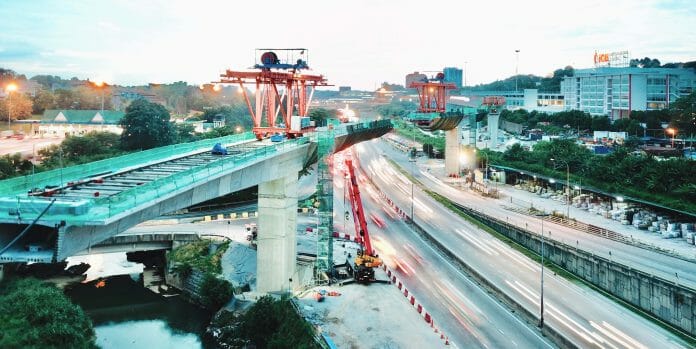In the upcoming Budget 2023 Kenanga Investment forecast a higher gross development expenditure of RM90b vs FY22’s RM76b thanks to the absence of Covid-related funds in the previous Budget 2022 worth RM23b.
Based on its channel checks, the house also understands that there is unused gross development expenditure from Budget 2022. It is also understood that projects have been held back as tender prices put in by contractors did not meet (i.e. exceeded) budgets for most projects (due to soaring labour and material costs). The rollout of new public project will come handy at a time when order books of most contractors are fast depleting
Additionally, a new wave of jobs after GE15 is expected, as new wave of awards of public infrastructure projects is more likely to hit the market after the GE15, rather than before. These will include MRT3, Pan Borneo Sarawak Phase 2, Pan Borneo Sabah, Central Spine Road and various flood mitigation and hospital projects. It is critical for the government to start rolling out new jobs as most key ongoing infrastructure projects are already at their tail-end including MRT2, LRT3, Pan Borneo Phase 1. The tenders for the three civil packages under MRT3 will close Sep 2022 (delayed from Aug 2022) and we anticipate the award of contracts in early next year.
On the private sector front, there are opportunities for the construction of new semiconductor plants and data centres locally as MNCs diversify their manufacturing bases geographically (away from China) to de-risk. Kenanga gathered that these contracts could be sizeable i.e. between RM1b to RM1.5b each. However, the same cannot be said for the office and high-rise residential segments given the persistent oversupply.
Alternative funding model for mega projects. Given the fiscal constraints, mega projects could be implemented via public finance initiatives (PFI) or deferred payment models. For instance, contractors of MRT3 may fund the project during the first two years of construction, only to be paid the entire amount in equal monthly instalments during the third and fourth years. Other projects that are likely to be carried out via these models are a flood mitigation project in the west of Klang Valley (reportedly with a price tag of RM5b to RM15b, depending on proposals by various bidders), PJD Link, Bangi Putrajaya Highway and Kuala Lumpur Northern Dispersal Expressway also known as KL Node).
Headwinds are easing. Kenanga believes the sector has seen the worst and should be poised for improved earnings in 2H given the gradual return of foreign workers and recent easing in commodity prices. Since end-June, certain key building material prices such as steel and aluminium have come off substantially due to the slowdown in China. So are diesel and bitumen on the back of weaker oil prices. Meanwhile, most new contracts being negotiated currently would have priced in the current market prices (which are higher) and have an element of price variations built in – to protect contractor’s margins in the event of a huge swing in material prices. Hence, it believes the overall margins should gradually improve as the low-margin old jobs tail off and the new projects adjusted for higher input costs start to contribute.









